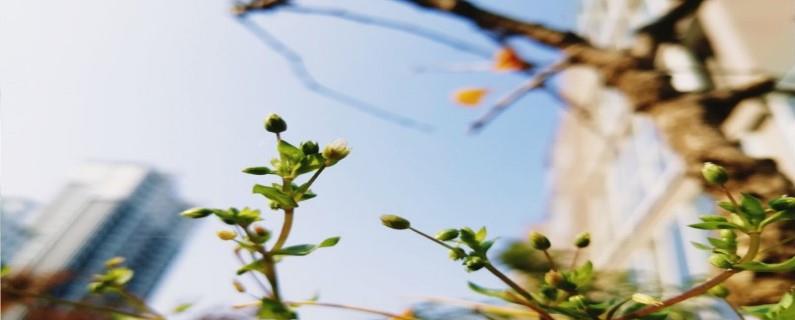Hibiscus snow lotus cultivation methods and precautions
Last Update :2024.05.05
Article Catalog
3. Problem diagnosis and treatment
Soil: Hibiscus snow lotus will grow well in loose and breathable planting material. When maintaining, you can use soil mixed with leaf mold, river sand, garden soil, slag, etc. Light: It likes an environment with sufficient sunshine, so it should receive sufficient light during maintenance. Temperature: It needs to be kept around 10℃ at night and above 0℃ in winter. Moisture: It is drought-tolerant and is afraid of water accumulation. It needs to be watered appropriately during maintenance, and only water when the soil becomes dry.

1. Maintenance methods
1. Maintenance method
1. Substrate selection: Hibiscus snow lotus will grow well in loose and breathable granular plant material. When maintaining, you can use soil mixed with leaf mold, river sand, garden soil, slag, etc.
2. Temperature management: It likes an environment with a certain temperature difference between day and night. The night temperature should be kept at about 10℃ during maintenance. It has a certain degree of cold resistance and needs to maintain the temperature above 0°C in winter. When the temperature is high in summer, pay attention to shading and ventilation to prevent the temperature from getting too high.

3. Water management: It has certain drought tolerance , water appropriately during maintenance, only water when the soil becomes dry. Watering should also be controlled during high temperatures in summer to prevent the plants from rotting due to moisture.
4. Nutrient management: Use compound fertilizer every half a month or so during the growing season. When fertilizing, do not splash fertilizer on the leaves, because the white powder is easily washed away, making regeneration difficult and affecting the appearance.

2. Breeding skills
1 , Cuttings: Pick off the small head next to the mother plant, then let it dry for a few days and place it in moist soil to allow it to take root. After it grows out, put it in a pot and let it grow slowly.
2. Overwintering: It has a certain degree of cold resistance. In cold winter, it is best to grow it indoors in a sunny place. There is a certain temperature difference between day and night when the night temperature is around 10℃, so you can water it to grow. If that temperature cannot be reached, reduce watering and let it go dormant. It can tolerate low temperatures of 0°C to 5°C.

3. Problem diagnosis and treatment
1 . Root rot: Do not water or fertilize too much. Moisture and heat may cause root rot. Place it in a well-ventilated place without sunlight and water less.
2. Mealybugs: mostly caused by poor ventilation, they can be controlled with insecticides.

4. Other questions
1 , Is it poisonous: It is not poisonous, and it is very good for viewing and for people's physical and mental health.
2. Can it be raised at home: It can be raised at home. It is ornamental, can beautify the environment, purify indoor air, and can also help relieve people's stress.

2. Breeding skills
3. Problem diagnosis and treatment
4. Other issues
- END -
What are the native plants in Shanghai?

Shanghai has a pleasant climate, which is very conducive to plant growth, so there...
How to grow wild spinach

There are several aspects that should be paid attention to when cultivating wild s...